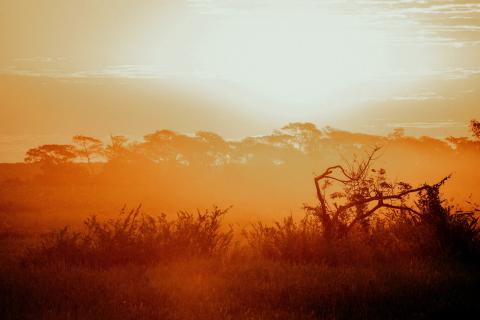TerrAdapt's Work in South America
TerrAdapt is working with partners including the World Wildlife Fund and the Center for Large Landscape Conservation to co-develop dynamic monitoring systems that track shifting patterns of connectivity in the Pantanal and Chaco regions for species like jaguar. The Pantanal is the world’s largest tropical wetland. At 42 million acres, the Pantanal covers an area slightly larger than England and sprawls across three countries—Bolivia, Brazil, and Paraguay. It's one of the most biologically rich environments on the planet with more than 4,700 plant and animal species. The Chaco contains South America’s second-largest forest, behind only the Amazon rainforest. From dry thorn forests and cactus stands to palm savannas that flood in the wet season, the Chaco has diverse landscapes and wildlife to match, including nearly 4300 species.
Native habitat in the Pantanal and Chaco regions is rapidly disappearing at the rate of an acre per minute, projected to amount to millions of additional acres by 2030. The monitoring systems we're co-developing with regional partners will track remaining native habitats and help WWF and local conservation organizations prioritize investments in protecting the most critical biodiversity areas in both regions and the corridors that link them into a functioning and resilient ecosystem.

